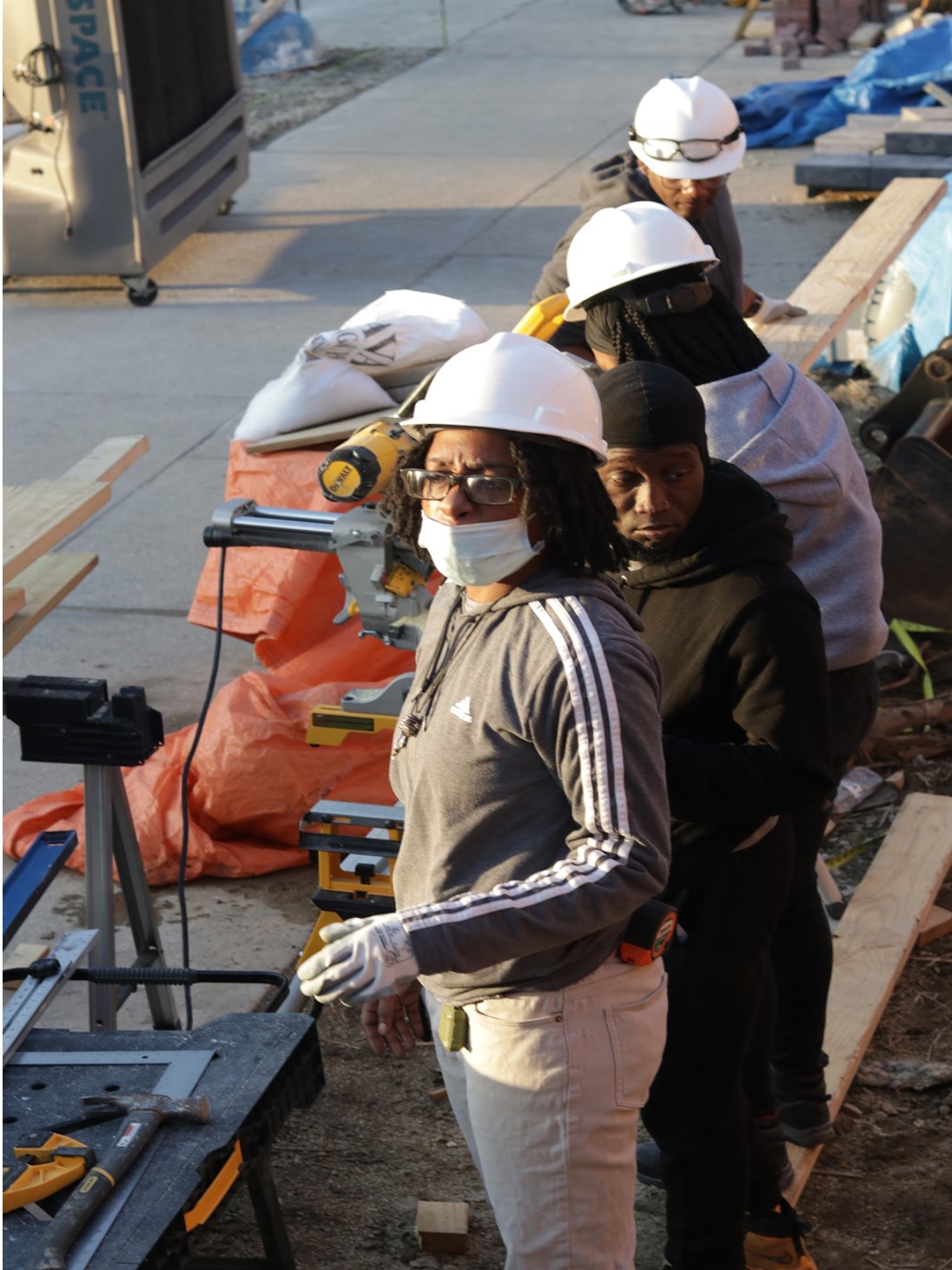Facing ongoing labour shortages, the construction industry is experiencing a major shift in how skilled workers are trained. Many young adults and those switching careers have turned to practically oriented education instead of attending regular colleges. As a result, building skilled workers through trade schools and vocational programs is becoming increasingly important. Since these options focus on what employers require, they help students develop the needed abilities for their future jobs.
Here, we will explore the ways that trade schools are contributing to the building of tomorrow’s strong and capable construction workforce.
Nearly everyone agrees that trade school now clearly benefits individuals who wish to pursue a career in the construction industry. You can pick up the skills employers want faster and at a lower cost by attending trade school. Because trade courses teach practical abilities, graduates are ready to start their careers right away.

At trade school, you begin your training right away. Because these programs are shorter, you can skip expensive college courses and still save time and money. With a quicker way to finish your studies, you have less debt and can join the construction industry sooner.
Because their programs adhere to industry standards, many trade schools effectively place their graduates in jobs. The training is designed to help students meet the job requirements of employers, giving them a competitive advantage in today’s challenging job market.
The majority of trade school graduates get employment within six months of finishing their program.
The skills you have matter more to construction employers than what’s listed on your diploma. Most trade school students learn by doing and leave with work experience, rather than just theoretical knowledge.
70% of employers say they value hands-on skills and practical experience over formal degrees when hiring for skilled trade positions
Paying for college often leads to debt, but earning a skill in construction immediately puts money in your hands. Typically, newly graduated students start receiving payment immediately through their apprenticeships, unlike others who may have to wait a long time.
High-level training for skilled trades is crucial in developing a strong construction workforce, as new challenges are expected in 2025. The goal of these programs is to teach skills that are always in demand and continually improve over time.

According to the U.S. Department of Labour, skilled trades will see 7 million job openings between now and 2030.
Courses in this program cover electrical, plumbing, carpentry, and pipefitting, all of which experience frequent shortages. As a result, students will acquire skills that businesses are currently seeking.
These training programs, which partner with construction companies, help them create courses that align with the realities of construction sites. As a result, students use the same equipment, learn the same techniques and get familiar with the technologies relevant to their work.
These courses provide construction workers with the opportunity to enhance their skills and earn certificates that help them advance and secure better-paid jobs. Regular learning keeps employees capable and able to compete.
As more older workers leave the workforce, these programs help fill the skills gaps that remain open. Those entering the construction industry are now well-prepared thanks to practical training, which positions the industry for future success.
By 2025, construction apprenticeships 2025 offer greater advantages than college education for anyone wanting to begin a trade career.

Apprenticeships allow students to earn while learning new skills. Unlike college, where many students build up debt before getting any financial returns, technical schools let you work first.
Those training as apprentices are supervised by people skilled in all areas of the trade. The mentorship process speeds up learning more than any college class experience I’ve had.
You can get the right to work in an apprenticeship program, whether the job is from a union or not. Often, these specialised courses promise jobs once you finish them, so you don’t have to wonder after your studies.
AR/VR, blueprint simulations, and similar technologies are utilised in various programs to help apprentices prepare for the digital construction industry. Educational technology provides a learning experience that universities are finding increasingly challenging to replicate.
By 2025, using a trade school instead of college will be more critical than ever. Given the diminishing supply of construction workers, taking part in trades and apprenticeships is now smart for the construction industry. You can earn skills and job peace of mind quickly and affordably by choosing these paths. How we develop the construction workforce will change when we measure success according to skills needed, not only by degrees. If you’re interested in starting a reliable career while avoiding college debt, you can try skilled trades programs and construction apprenticeships for 2025.
Read More: